Coming to Selkirk
The Purvis Family is responsible for one of the oldest Selkirk based businesses. It all began when William Robert Purvis and his two brothers immigrated to Kincardine, Ontario from Arbroath, Scotland in 1851. At first, William was the lighthouse keeper at Great Duck Island, but by 1882 he had started to fish commercially. His first launch into boatbuilding was a few years later in 1887 with the construction of a steam tug. William had five sons, John, Edward, James, Alexander, and William (Bill).

Bill moved to Selkirk in 1882 and lived there for five years building vessels for the fishing industry before returning east. In 1888, Alex and Bill. travelled back through Selkirk with plans to strike it rich in the Klondike Goldrush, but when they got there most of the gold had been claimed. Taking the change of plans in stride, the brothers spent two years building barges for the men who had found gold.
Ship Building in Selkirk
After two years of building boats in the Goldrush, Bill. and his wife, Ellen returned to Selkirk where they settled permanently. They built a house at 210 Taylor Avenue, which was the first house in Selkirk with indoor plumbing and a coal furnace.
Bill found work on the S.S. Frank Burton for a season. In 1905, he helped build the steam ship, Mikado, and then began his own boat building business along the Selkirk Dock. He built barges, fish freighters, pleasure boats and sailing vessels for use on Lake Winnipeg.
In 1912, Bill and Cpt. Pollock were hired to move eight lake vessels from Lake Manitoba to Lake Winnipeg. The job took over one year to complete and involved navigating shallow water and rapids, however they were successful, due to Bill’s navigation skills. Bill’s relationship with Cpt. Pollock then expanded to include J.W. Simpson, Jack Seaman, and W.J. Guest. Together they formed the Northern Fish Company and later the Selkirk Navigation company.
In 1920 just after World War I ended, Bill and his brother, Roy took over the ship building business their father had started and named it Purvis Brothers. In 1946, the brothers moved the location of the boat building from Selkirk Dock to the end of Taylor Avenue and Eveline Street. The shipyard and slip were in the Selkirk Slough with a garage just up the bank. The building remained there until the 1970s when it was torn down.

The business was prolific having built over 100 vessels by 1950. Many of the ships were built for the Federal Indian Department or for the HBC transporting supplies, nurses, and patients to various communities. Notably, they built the Lady Canadian and replaced steam engines with diesel engines, such as in the S.S. Keenora.
The Next Generation
Meanwhile, Selkirk Machine Works was originally established by Mr. Post which Edward H. Purvis had purchased. His youngest son, Edward Hubert (Ted), later bought the shop from his father in 1960 when he was only 19 years old. A few years later Ted purchased Purvis Brothers from his uncles, Roy and Bill in a tax sale for $4000.

Bill remained at the shop to teach Ted boatbuilding. Using these skills and generations of boatbuilding knowledge, Ted began Purvis Boatworks in 1963. The two businesses operated out of the same building. The business worked well with Ted in the shop, and his wife, Sharon, running the administration side of the business. Ted began building boats out of steel rather than wood and built many of the prominent Manitoba ships that sailed the Red River and Lake Winnipeg. The Paddle Wheel Queen, the Paddle Wheen Princess, the River Rouge, the Lady Winnipeg, and the Lord Selkirk are all credited to Ted Purvis.
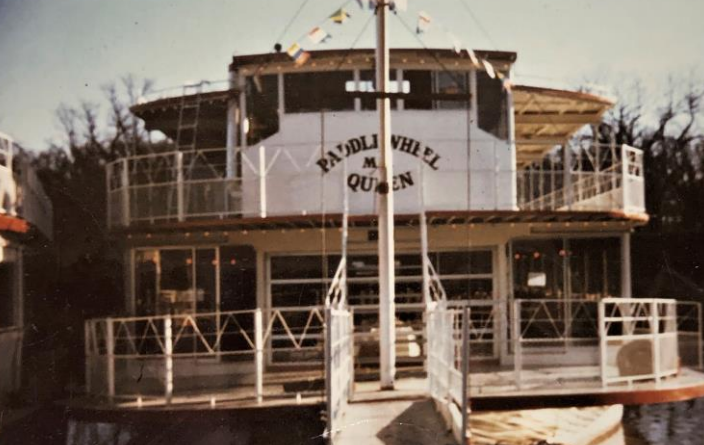
North to Tuktoyaktuk
The Purvis Family business expanded to Tuktoyaktuk, Northwest Territories, with business partner Daan Hengeveld. Together they began Purvis Navcon Shipyard and employed many Selkirk based tradesmen all over the world.

In 1991 Ted’s son, also named Ted, joined the family business. He worked in the north working on a large drill ship project and in British Columbia building two of the most successful ferry boats still in operation, the Spirit of Vancouver, and the Spirit of BC in the early 1990s. After Ted came on board the project, the operation went from being behind schedule to ahead due to a modular building technique. Interestingly, some of the heaviest lifts in BC occurred on this job, moving over 2800 tonnes.
When Ted returned to Selkirk, he established a new manufacturing facility on Main Street in Selkirk. The shop had extensive equipment to do any type of repair on construction and marine equipment.
The Purvis Family business began as a modest operation that quickly grew to employ many individuals from Selkirk and around the world. The Purvis name is well established in history for building hundreds of ships we know today.
Purvis Family Collection
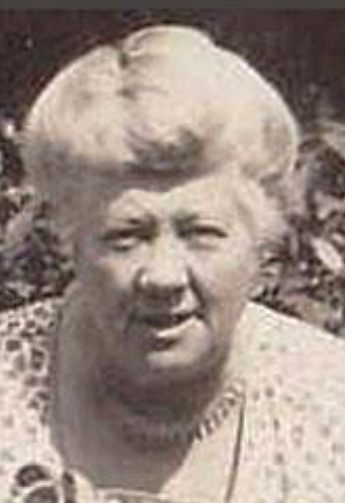
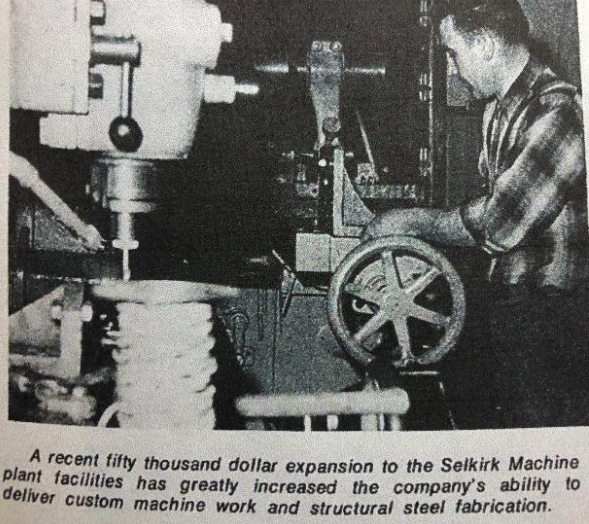

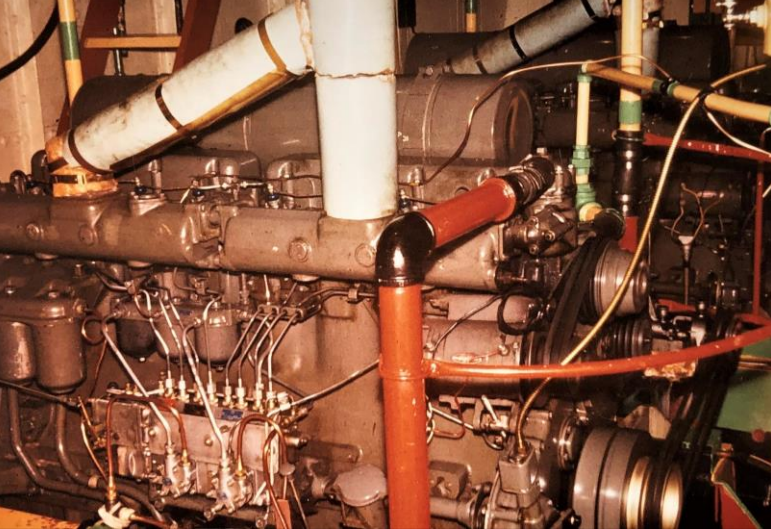
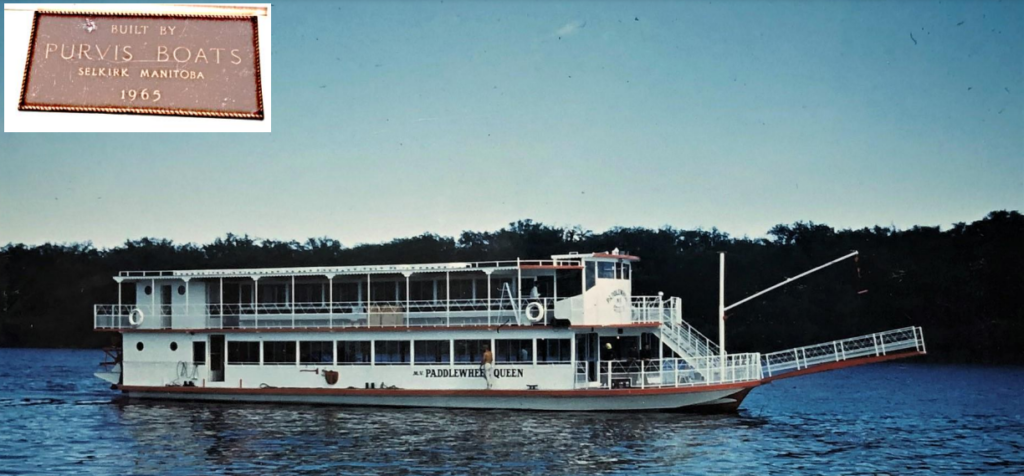


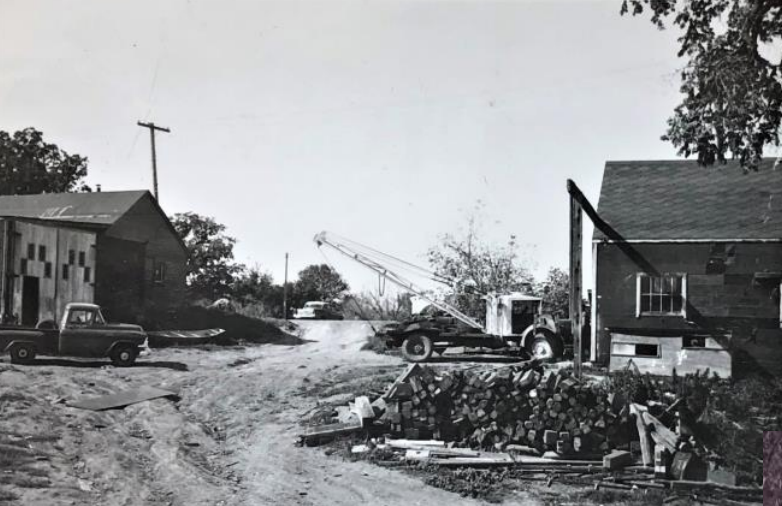
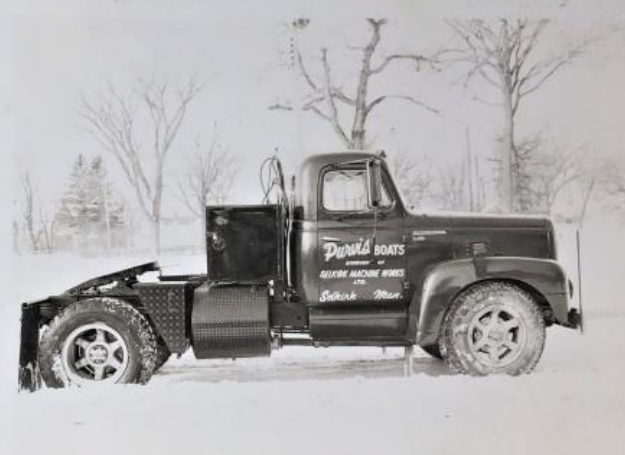
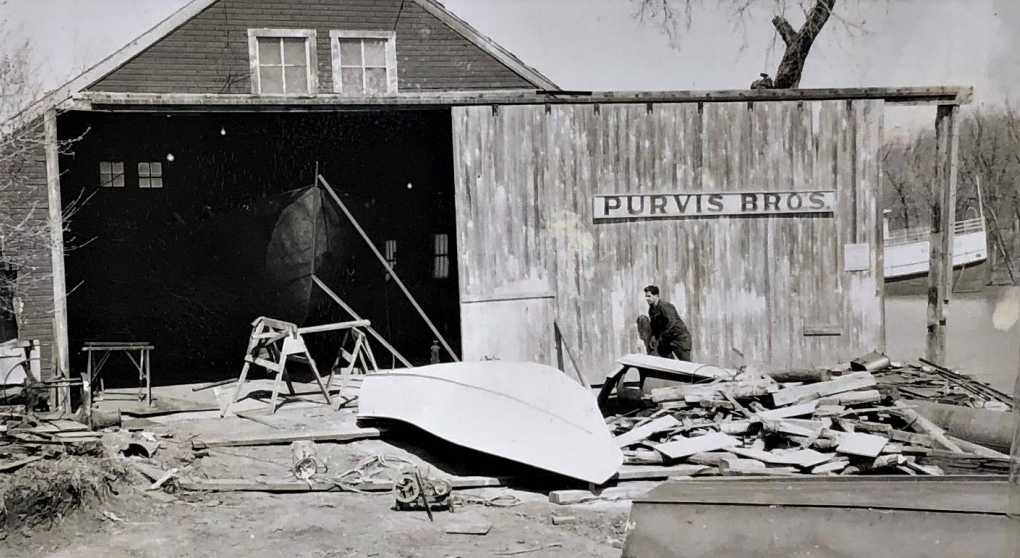

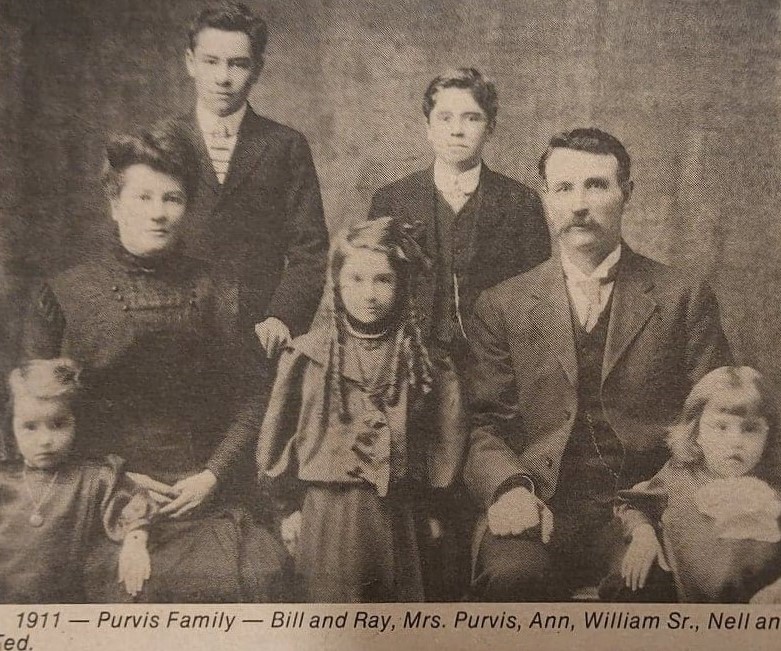
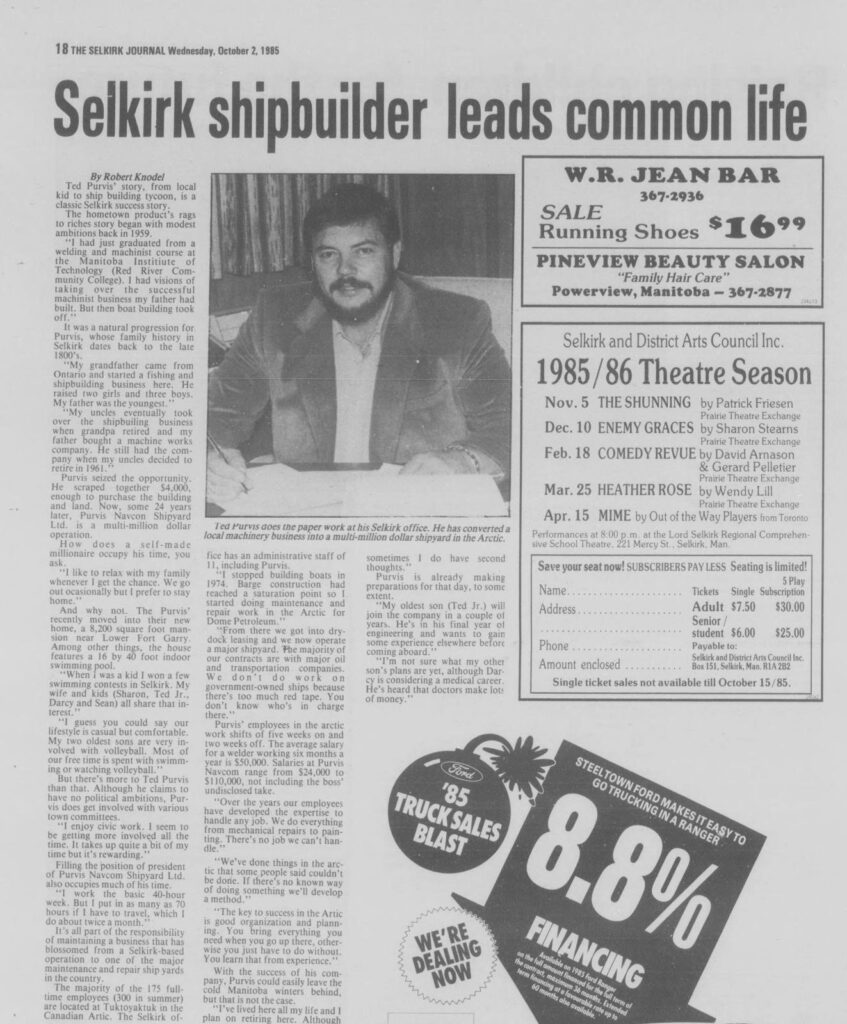
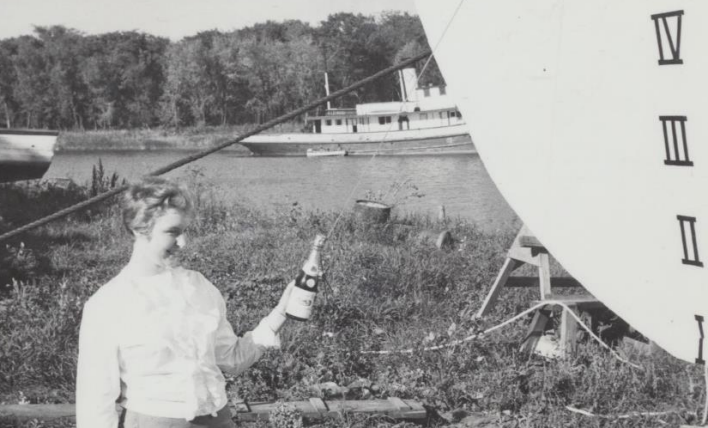
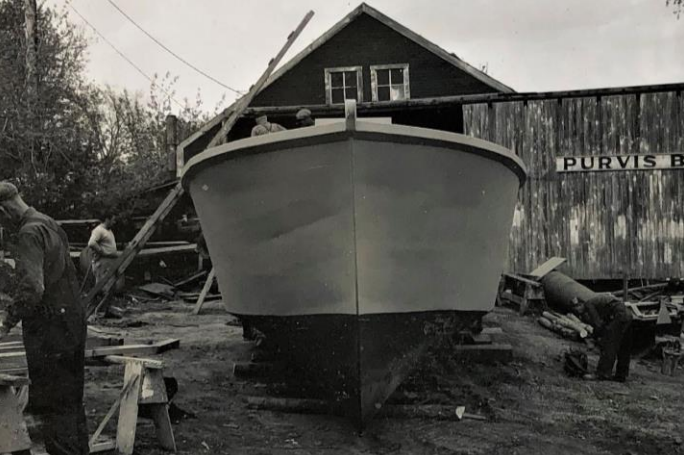
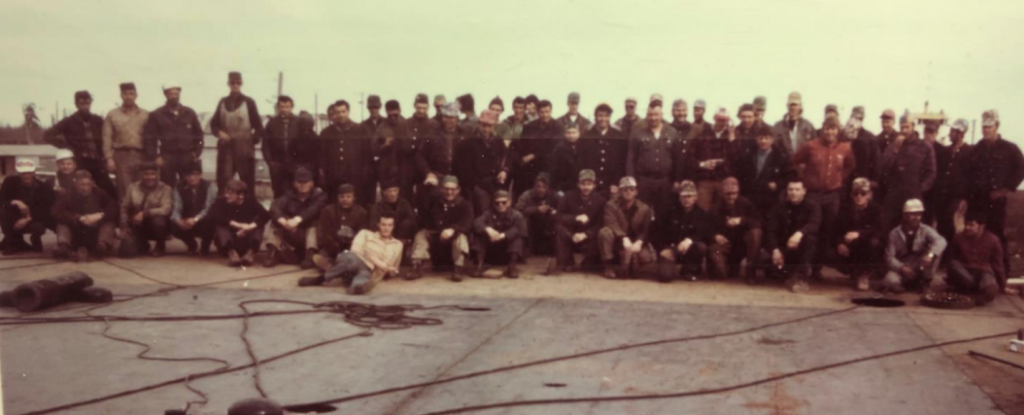
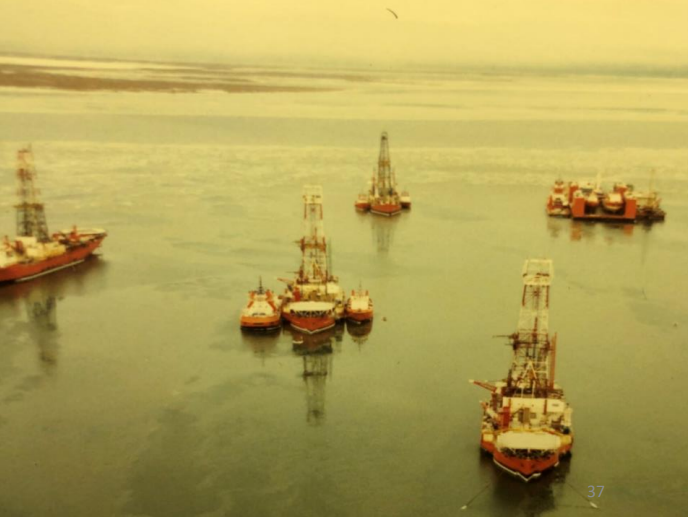




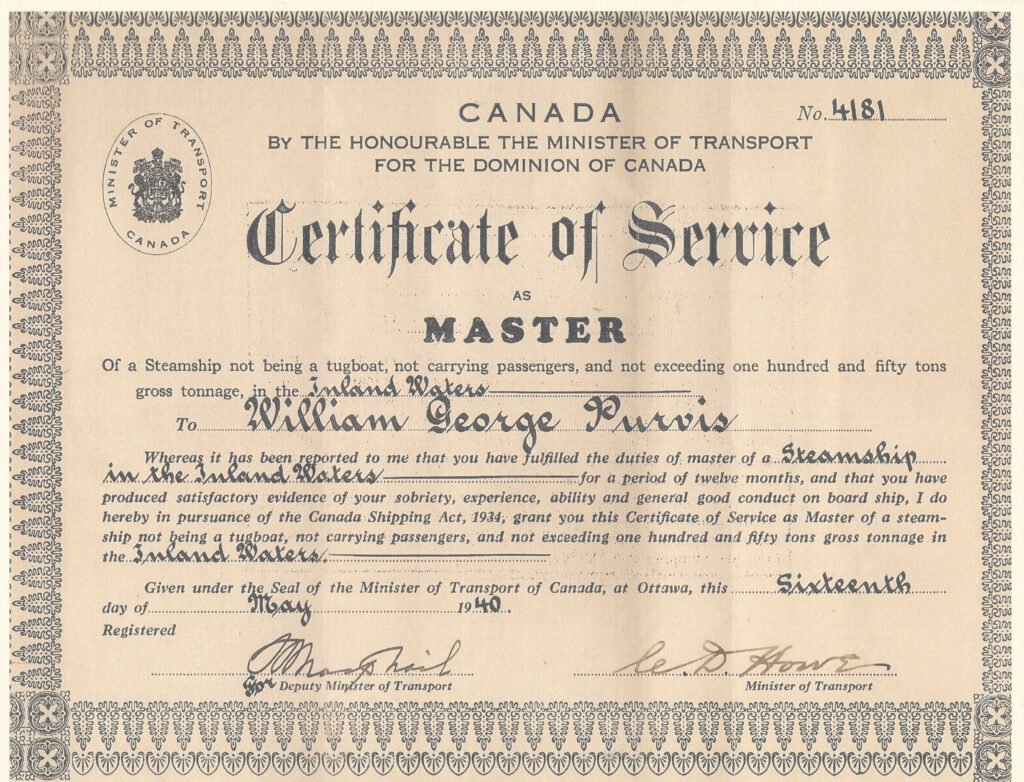
Sources
Purvis Shipyards & Machine Works, Fraser Stewart
Selkirk Journal 1985
Oral History Interview with Ted Purvis
Edward Hubert “Ted” Purvis (1941-2016) – Manitoba Historical Society
Edward Hubert (Ted) Purvis Obituary – Gilbart Funeral Home

